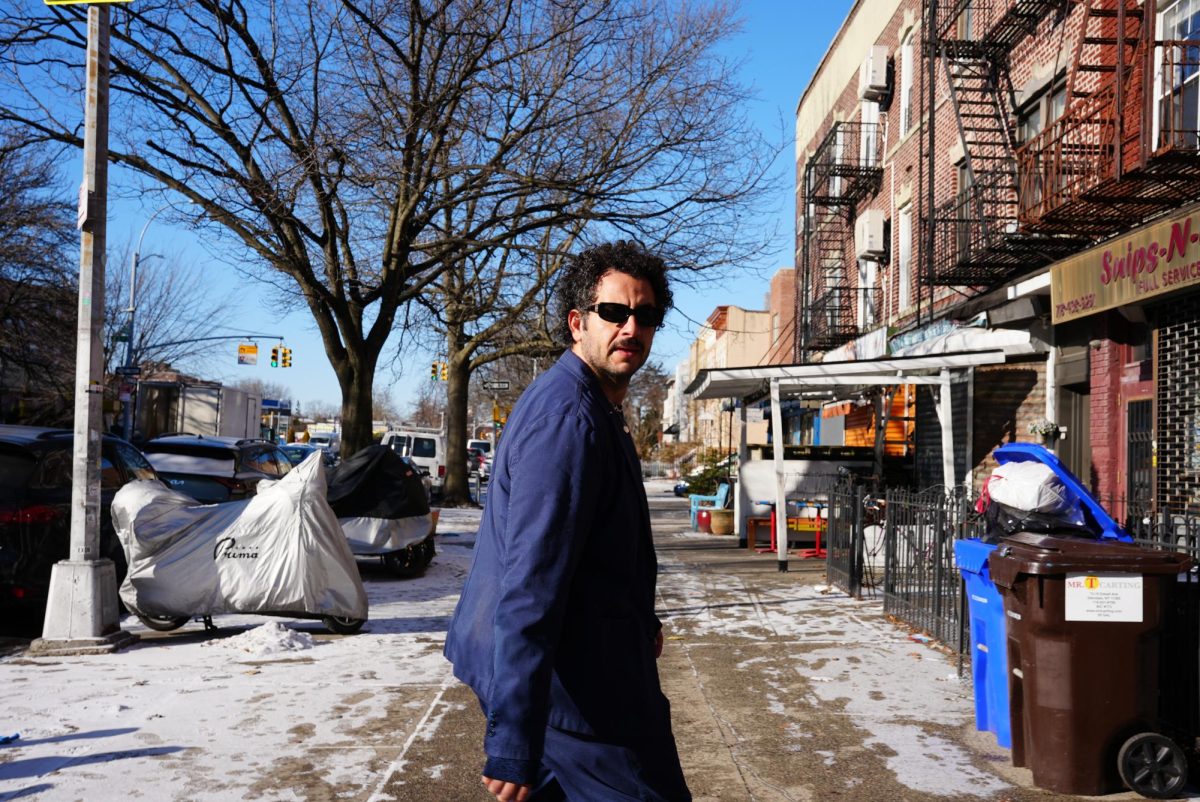Ironically, the first performance of “The Seagull” in 1896 was a disaster and almost resulted in Chekhov’s complete disillusionment with playwriting. Just two years later, however, a revival of the work established his success in the theater. The actors in the first production failed to come to terms with the revolutionary naturalism of “The Seagull,” which focuses on the ordinary moments that generate life’s drama. While it was innovative subject matter for Chekhov’s time, the autobiography of an artist’s psychosis has long since become the cliched topic of numerous plays, novels and songs – no doubt because it’s what artists know best. Chekhov, however, infuses his plays with humor and absurdity amid the self-loathing, leavening the heaviness that leads other works toward mere self-pity.
To the uninitiated, “The Seagull” feels shallow. Artists live boorish, egocentric lives. So what? So, there’s more to it. Chekhov poignantly articulated his most inner conflicts, revealing the complexities in a number of transmuting characters. The old man who manages a farm could easily be the most interesting character, yet the action focuses on a pair of writers at different stages in their careers who ride waves of anxiety, never measuring up to their preconceived notions of success despite the praise of fans and critics.
It’s a play of many words, but surprisingly few superfluous ones. The Theatre de la Jeune Lune cast delivers them furiously, and the spare silences are used to maximize the dissonance between characters. The play never rises to smack the audience in the face, but rather builds and falls gently. Taking this into account, the company makes the most of the production – an elegant collection of birch trunks scatter the stage, and the softness of a lake is formed by a gray curtain. This subtle but powerful symbolism alludes to the overwhelming power of nature despite a story based in superficialities. What is the significance of an artist’s (or anyone’s) dissatisfaction with his work and love life? It is at once nothing and everything.
Jason Lambert plays Konstantín, an unaccomplished, overly self-critical young writer whose egotistical mother, Arkádina (Barbra Berlovitz) rejects him in favor of a popular novelist, Trigórin (Steven Epp). Lambert dispenses a series of fuming monologues in his character’s rage toward his mother’s self-indulgence and his inability to establish “new forms” in his writing. The drama escalates when Berlovitz dismisses her son’s “symbolic” play. Berlovitz excels as the vain actress-mother who relishes in nothing more than lounging on the dock and telling everyone how well she has maintained her beauty. Her character is perpetually acting, and Berlovitz places due weight on each line. Berlovitz over-emphasizes Arkádina’s greed by sarcastically repeating “I have no money” over and over in different tones while altering the stress of words and syllables, and occasionally singing the phrase while prancing about the set. Her jealousy mounts when she encounters Nína (Sarah Agnew), an ambitious, albeit terrible young actress in love with life and art and the glamour of being a writer. Agnew articulates herself well in this production, as both a naïve, smitten girl and a slightly older, slightly bitten woman. After all, there is nothing like being an artist to teach one the horrors of life.
The entirety of the 13 member ensemble collaborates fluidly, creating a sense of constancy despite the chaos of the characters’ lives. They flow in and out of the mass of birches, moving together, flowing apart and regrouping, mimicking the ebb and flow of existence.
“The Seagull” plays through April 27 at Theatre de la Jeune Lune, (612) 333-6200
Amy Danielson welcomes comments at adanielson@mndaily.com







